
When photographer Nick Ballon traveled to Bolivia last October to take pictures of San Vicente, the town where Butch Cassidy and the Sundance Kid are said to have been killed in 1908, he went to the museum dedicated to that history and saw the guns that belonged to the legendary outlaws. Much later, when he had returned home to London and began to write his captions, he sent a picture to a firearms expert for confirmation that the Smith & Wesson pictured was actually the gun in question. The answer came back: No. But, says the photographer, that’s kind of the point.
“The thing that interested me most is that the myth carries on even though there’s huge evidence that Butch Cassidy and Sundance didn’t die there,” he says. “People still tell the stories.”
Ballon first heard the story last summer. The photographer is half Bolivian and travels to the country every year to see his family, so he keeps an eye on news out of Bolivia. He read a film was being made about the legend—that Cassidy and Sundance ended up in San Vicente at the tail end of a streak through South America that began May 1, 1905, when they left their ranch in Argentina to escape the Pinkerton detectives on their trail, that they robbed the payroll of the silver-mining company that owns San Vicente and were killed in a shoot-out shortly after—and was intrigued by the tourists who will make an arduous trip to a distant town despite the fact that the town’s claim to fame is tenuous.
The blur of fact and fiction is the open secret of San Vicente. A grave said to be Cassidy’s was exhumed and DNA tests proved once and for all that it was a different man’s body. In reality, though the outlaws passed through the town, they probably died many years later, in North America. Ballon says that perhaps they encouraged the myth of their deaths as a way to disappear and leave their criminal lives behind.
That sense of mystery and myth informed the pictures that Ballon made: landscapes that create a sense of atmosphere and still lifes that add character, specific and ambiguous at the same time.
“It was about trying to create a sense of who they were and where they were, because that’s what I know. They were there and they traveled these trails and they spent this time in Bolivia,” says Ballon. The photographer trekked the trails where Butch Cassidy would have ridden and rode the same trains. The rock formations, eerie and barren, look just as they would have looked over a century ago, when the Sundance Kid first saw them. And the sense of isolation is magnified because—appropriately enough—there is no one there.
“The project for me was not about creating a factual document of what actually happened, because there are so many versions of what happened,” says Ballon. “That was the strength of the project for me: all the mystery behind that, the fact that everyone has a story to tell.”
Nick Ballon is a London-based photographer. See more of his work here.



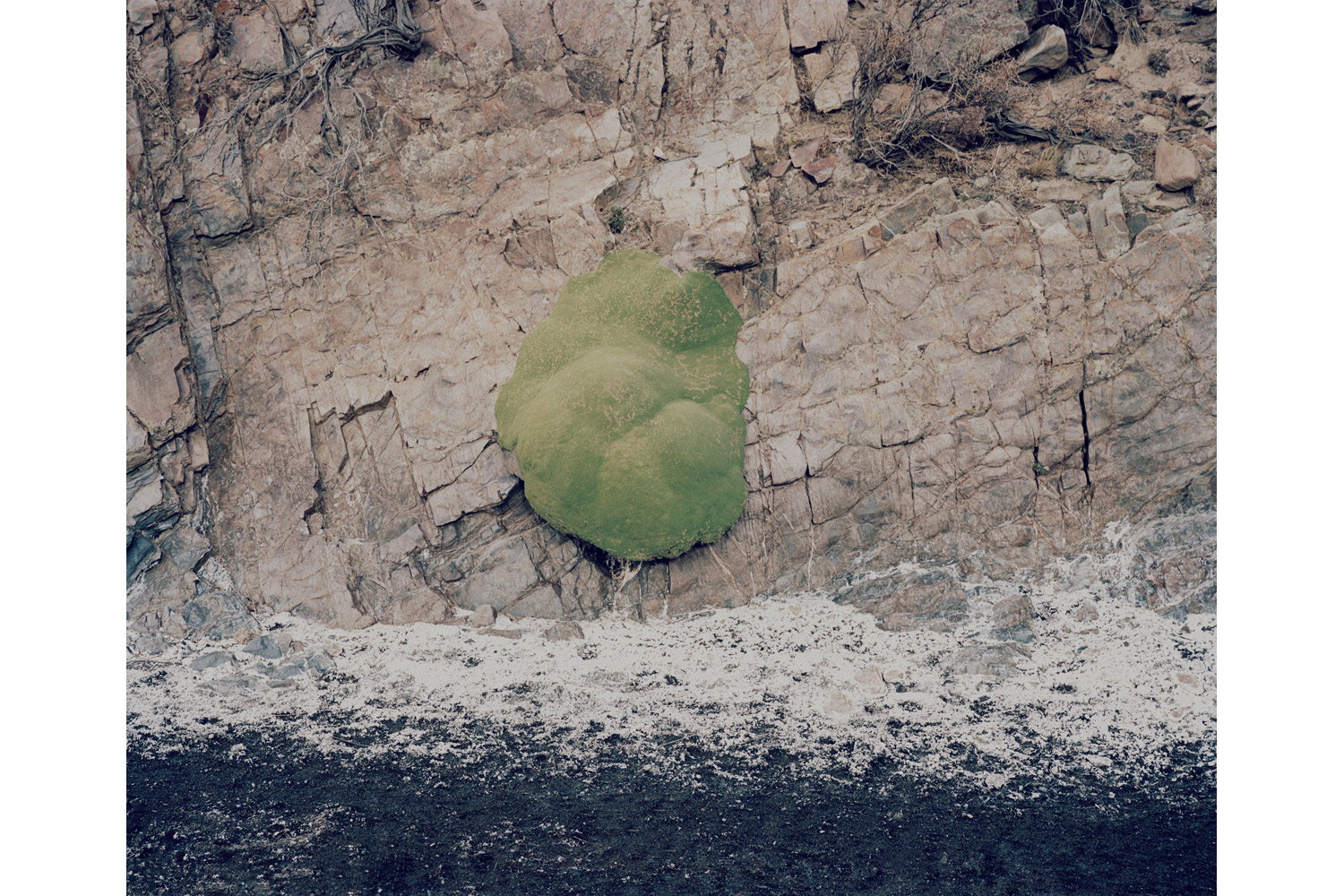


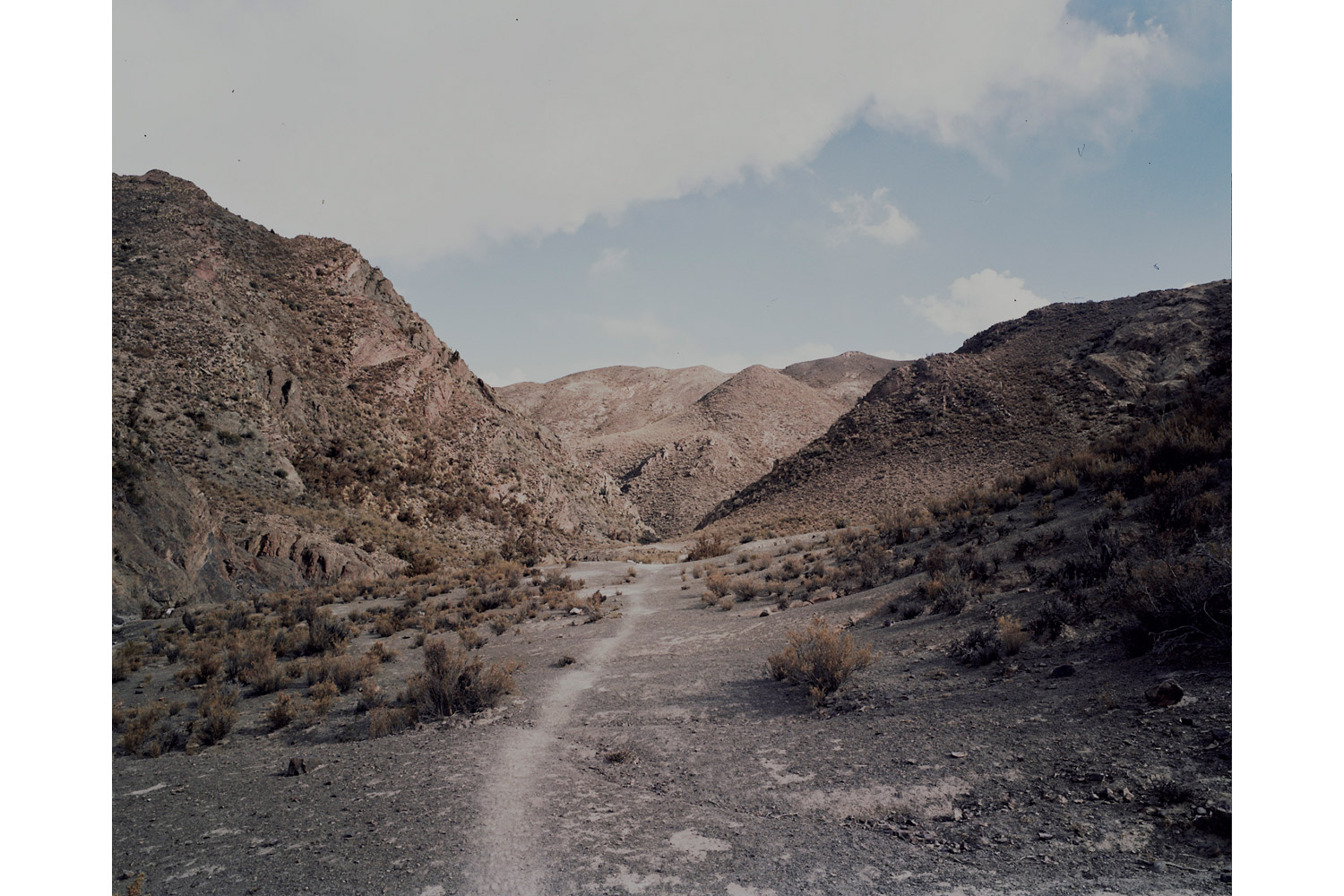


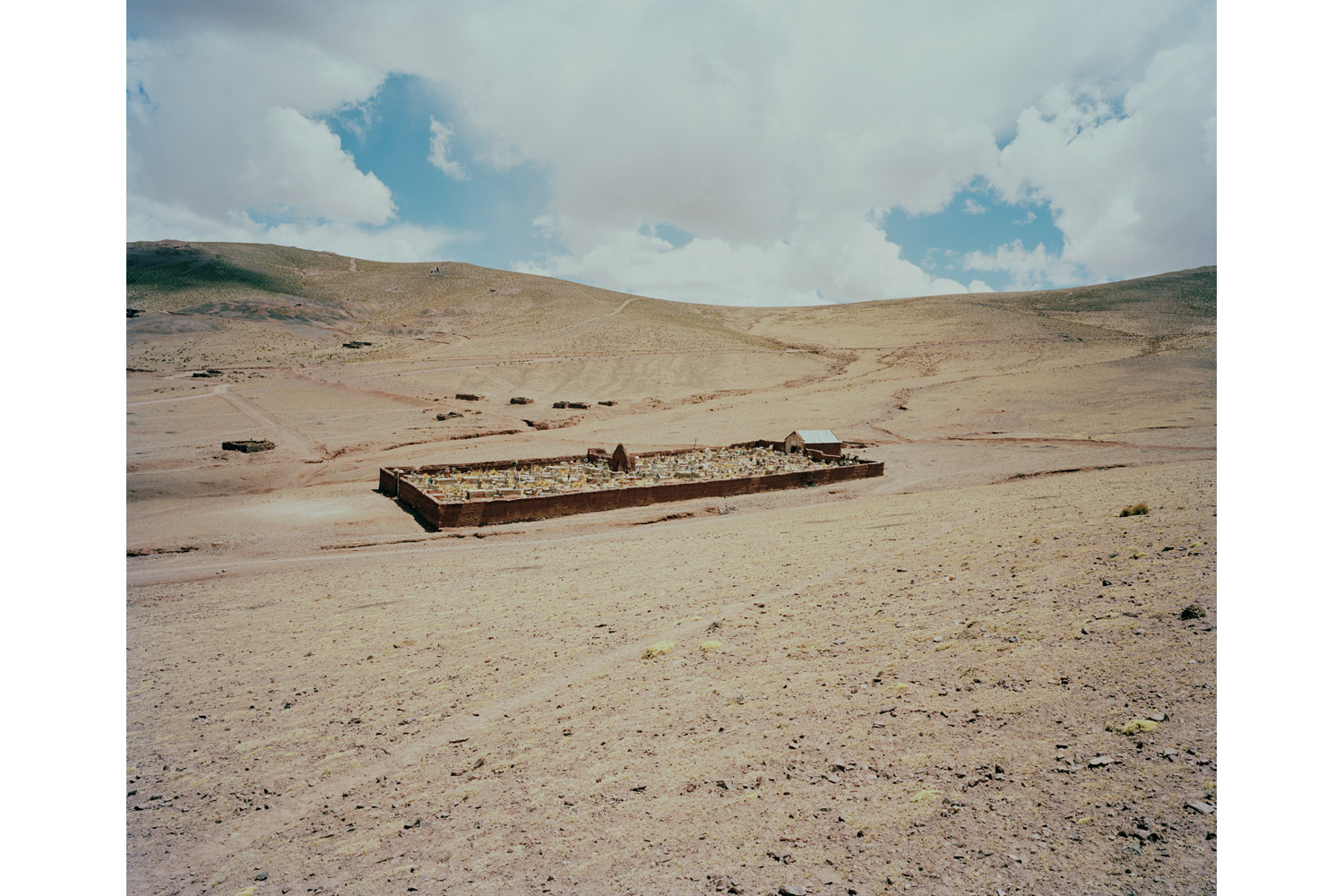


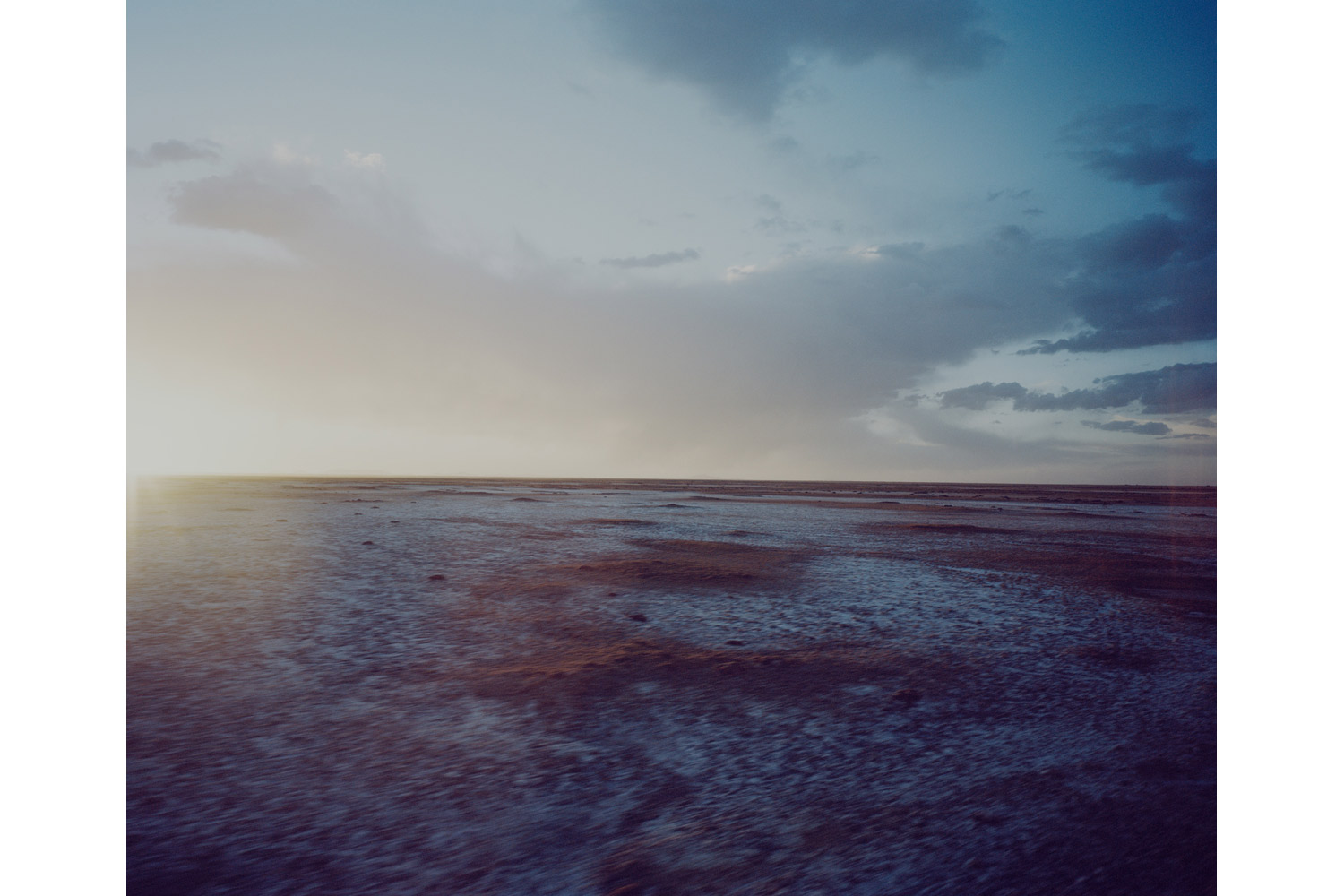
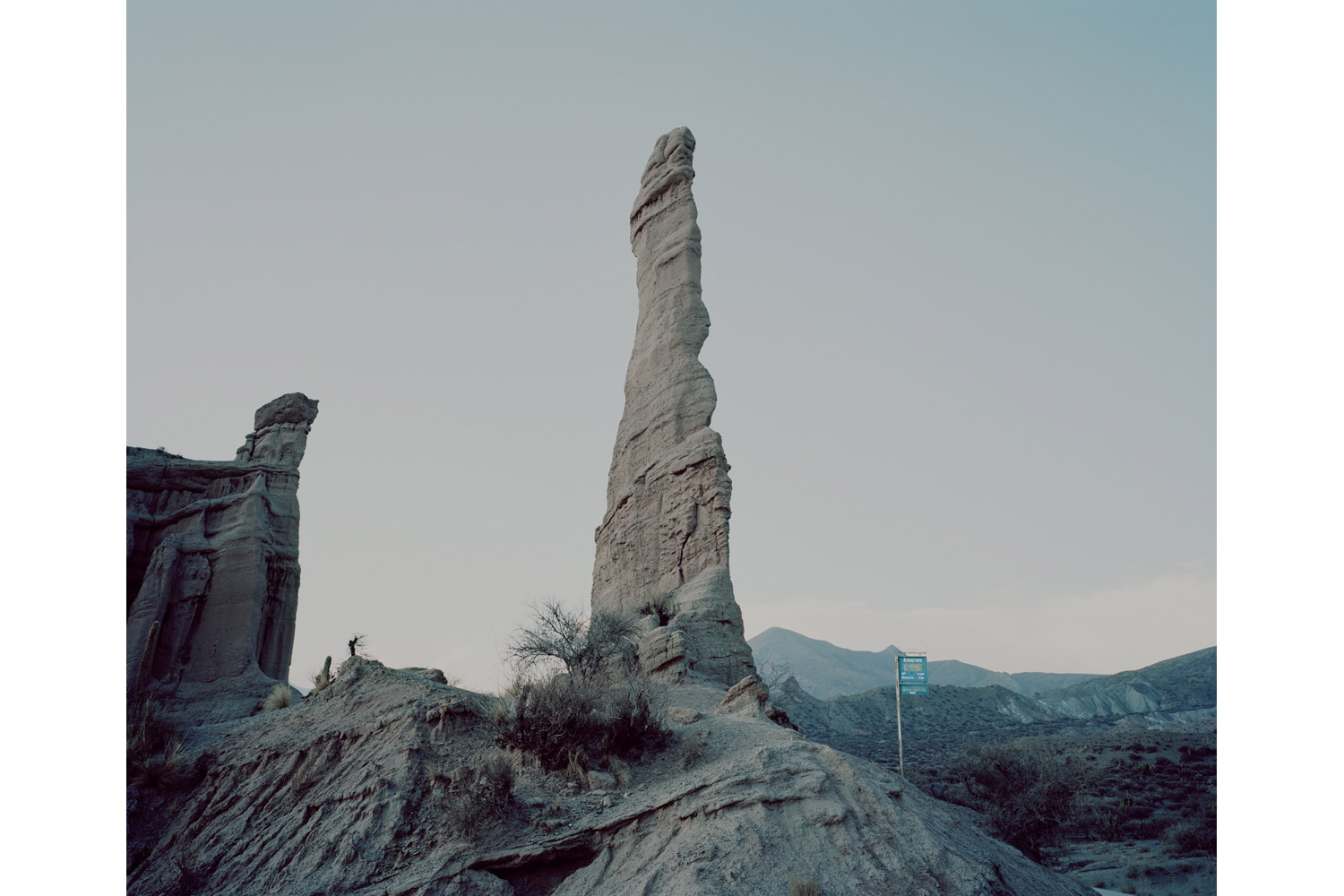
More Must-Reads from TIME
- Cybersecurity Experts Are Sounding the Alarm on DOGE
- Meet the 2025 Women of the Year
- The Harsh Truth About Disability Inclusion
- Why Do More Young Adults Have Cancer?
- Colman Domingo Leads With Radical Love
- How to Get Better at Doing Things Alone
- Michelle Zauner Stares Down the Darkness
Write to Lily Rothman at lily.rothman@time.com



